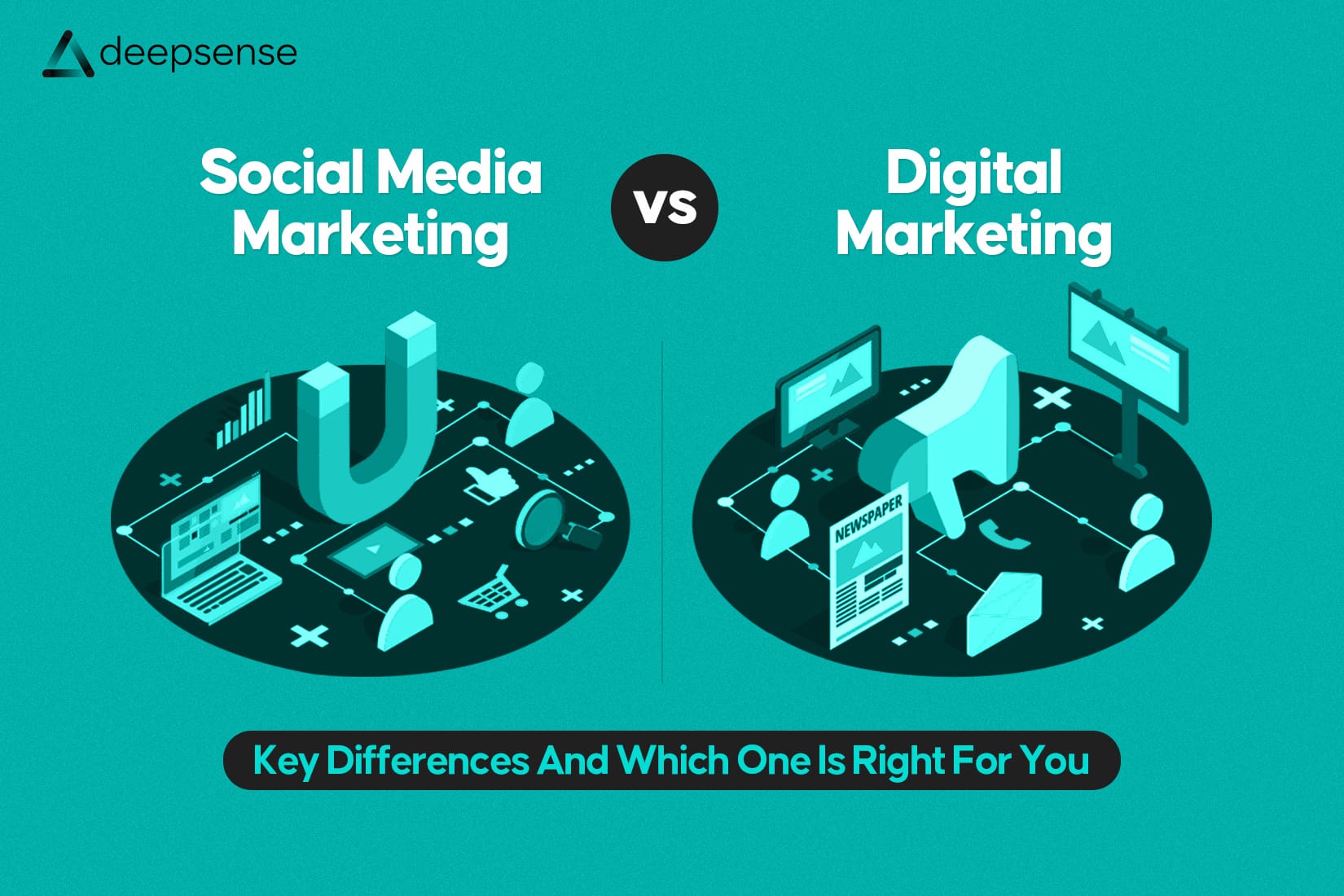Summary
Discover the top 10 digital marketing strategies to elevate your FMCG brand. From building a strong online identity and leveraging social media to influencer collaborations and data-driven campaigns, these insights will help you stand out in the competitive FMCG landscape.
Learn how to engage consumers, drive sales, and achieve marketing success with actionable tips and expert advice. Transform your digital presence today!
Introduction
Fast-moving consumer goods (FMCG) brands operate in one of the most competitive and dynamic markets. From packaged foods and beverages to household products and personal care items, FMCG products are essential to our daily lives. However, with thousands of brands competing for consumer attention, it’s critical to stand out.
Digital marketing offers FMCG brands an incredible opportunity to build brand awareness, engage consumers, and drive sales. Whether you’re launching a new product, promoting seasonal deals, or creating memorable brand experiences, the right digital strategy can make all the difference.
Let’s explore the top 10 digital marketing strategies to elevate your FMCG brand.
1. Build a Strong Brand Identity Online
Your brand identity is the first step in establishing a meaningful connection with consumers. In the digital world, it includes your logo, color scheme, tone of voice, and messaging. Maintaining consistency across your website, social media, and advertising platforms ensures brand recall.
Tips:
- Create a memorable logo and tagline.
- Maintain a consistent color palette and typography.
- Develop a brand voice that resonates with your target audience.
- Ensure brand elements are recognizable across platforms.
Interesting Fact: Consumers are 81% more likely to recall a brand with consistent visual identity.
2. Optimize Your Website for Mobile and SEO
Your website is often the first touchpoint for online consumers. It needs to be fast, mobile-friendly, and optimized for search engines (SEO). FMCG brand can leverage content like blogs, product pages, and customer stories to attract and engage visitors.
Tips:
- Ensure mobile responsiveness for seamless browsing.
- Use high-quality images and product descriptions.
- Optimize loading speed using tools like Google PageSpeed.
- Perform keyword research to target relevant search terms.
Pro Tip: Include interactive features like recipe guides, product finders, or virtual try-ons for deeper engagement.
3. Leverage Social Media Marketing
FMCG brands thrive on social media, thanks to their broad appeal and visual potential. Platforms like Instagram, Facebook, and TikTok are excellent for product showcasing, influencer collaborations, and user-generated content.
Platform Tips:
- Instagram & Pinterest: Ideal for visually rich product photography and lifestyle content.
- TikTok: Perfect for viral product challenges and user-generated content.
- LinkedIn: Great for B2B marketing and brand storytelling.
Interesting Fact: FMCG brands see a 42% higher engagement rate on TikTok compared to other platforms.
4. Invest in Influencer and Micro-Influencer Collaborations
Influencers are a powerful tool for FMCG brands. Partnering with influencers who align with your brand values can generate authentic content, boost credibility, and drive conversions.
Tips:
- Collaborate with micro-influencers for niche targeting.
- Partner with food, beauty, or lifestyle bloggers to create relatable content.
- Track influencer campaign performance using UTM parameters and affiliate codes.
Interesting Fact: 92% of consumers trust recommendations from influencers over traditional ads.
5. Utilize Video Marketing
Video content is king when it comes to capturing consumer attention. From product demonstrations to behind-the-scenes stories, videos can showcase your brand in a compelling and engaging manner.
Video Ideas:
- Product unboxing and review videos.
- Recipe tutorials featuring your products.
- User-generated content challenges.
- Brand storytelling through customer testimonials.
Pro Tip: Leverage YouTube Shorts and Instagram Reels for short-form videos that drive high engagement.
6. Personalize Your Email Marketing Campaigns
Email marketing is a cost-effective way to nurture relationships with your audience. For FMCG brands, personalized content can increase open rates and drive repeat purchases.
Tips:
- Segment your email list based on purchase behavior.
- Send personalized product recommendations.
- Promote special offers, discounts, or seasonal products.
- Include interactive elements like quizzes or polls.
Interesting Fact: Personalized emails deliver 6x higher transaction rates than generic ones.
7. Implement Performance Marketing Campaigns
For instant visibility and conversions, FMCG brands can run targeted performance marketing campaigns. Paid search, display ads, and social media ads allow you to reach the right audience at the right time.
Tips:
- Use Google Shopping Ads for product visibility.
- Target competitor audiences using social media ads.
- Use retargeting to engage past visitors.
- Optimize your campaigns using A/B testing.
Pro Tip: Monitor key performance indicators (KPIs) like CTR, conversion rates, and ROI to measure success.
8. Develop a Robust E-commerce Strategy
With the rise of online shopping, FMCG brands need a strong e-commerce presence. Listing your products on major e-commerce platforms like Amazon, Flipkart, and grocery delivery apps is essential.
Tips:
- Optimize product listings with detailed descriptions and high-quality images.
- Offer limited-time discounts and bundle deals.
- Use customer reviews and ratings to build trust.
- Provide multiple payment and delivery options.
Interesting Fact: E-commerce sales of FMCG products grew by 30% in 2023.
9. Engage Through User-Generated Content (UGC)
Consumers trust content created by fellow consumers. Encouraging UGC can enhance brand authenticity and build a loyal community.
Ideas:
- Launch hashtag challenges for social media.
- Feature customer reviews and testimonials.
- Create contests where customers share product experiences.
Pro Tip: Repost user-generated content on your official brand channels to enhance credibility.
10. Analyze and Optimize Using Data
To ensure your digital marketing campaigns are effective, track and analyze your performance using analytics tools.
Tools to Use:
- Google Analytics for website traffic insights.
- Sprout Social or Hootsuite for social media analytics.
- Shopify or WooCommerce for e-commerce performance.
Tips:
- Set clear KPIs for each campaign.
- Monitor customer behavior to understand preferences.
- Continuously optimize campaigns based on data-driven insights.
Interesting Fact: Companies that leverage data-driven marketing strategies are 6x more likely to retain customers.
Case Study: Parle-G – Reinventing a Legacy with Digital Marketing
Objective
Parle-G, India’s iconic biscuit brand, aimed to:
- Strengthen brand recall among younger audiences.
- Leverage nostalgia while appealing to modern sensibilities.
- Drive engagement across social media platforms.
- Boost online sales through e-commerce platforms.
Approach
Parle-G recognized the evolving digital landscape and the need to stay relevant among younger generations. By harnessing nostalgia and combining it with contemporary digital trends, the brand planned a multi-channel digital marketing campaign. This involved leveraging storytelling, influencer collaborations, and interactive content to create a lasting impression.
Strategy
- Nostalgia-Driven Campaigns:
- Launched the #YouAreMyParleG campaign to evoke childhood memories.
- Partnered with influencers to share personal stories involving Parle-G.
- Memes and Pop Culture Engagement:
- Created relatable meme content aligned with current trends.
- Engaged in viral conversations on platforms like Instagram and Twitter.
- E-commerce Integration:
- Promoted Parle-G products through targeted sponsored ads.
- Collaborated with e-commerce platforms like Amazon and BigBasket for exclusive offers.
- Regional Marketing:
- Developed localized content in multiple languages to cater to diverse demographics.
- Partnered with regional influencers to enhance brand visibility.
- Interactive Campaigns and Gamification:
- Hosted online trivia contests about Parle-G’s legacy.
- Developed AR filters allowing users to transform into the Parle-G kid.
Implementation
- Social Media Platforms: Used Instagram, Facebook, and YouTube for video storytelling and influencer content.
- Influencer Collaborations: Partnered with micro and macro influencers to drive engagement.
- User-Generated Content: Encouraged audiences to share personal memories with Parle-G using the hashtag #YouAreMyParleG.
- E-commerce Promotions: Launched flash sales and special festive packs on major e-commerce platforms.
- Localized Content Creation: Produced regional videos, memes, and interactive campaigns tailored to regional languages and cultures.
Results
- 70% Increase in social media engagement within 6 months.
- 3x Growth in online sales during festive promotions.
- 8 Million+ User-Generated Posts through the #YouAreMyParleG campaign.
- Improved Brand Recall among Gen Z and millennial consumers.
Key Takeaways
- Nostalgia can be a powerful tool to drive emotional engagement.
- Collaborating with influencers amplifies brand reach and credibility.
- Regional marketing with localized content enhances customer connection.
- Integrating interactive experiences and gamified content boosts participation.
- E-commerce partnerships are effective for expanding product visibility and sales.
Boost Your FMCG Brand’s Digital Presence with Deepsense Digital
At Deepsense Digital, we understand the unique challenges of the FMCG sector and specialize in crafting tailored digital marketing solutions that drive real results. From building a strong brand presence to executing performance-driven campaigns, we leverage innovative strategies like influencer partnerships, social media storytelling, and data-driven insights.
Our team of experts ensures your brand stands out in the crowded digital space, connecting you with your target audience and increasing brand loyalty. With end-to-end solutions spanning content creation, video marketing, and e-commerce optimization, Deepsense Digital is your partner in achieving lasting success in the FMCG landscape.
Final Thoughts
Digital marketing is a powerful driver for FMCG brands, helping them build brand awareness, engage with consumers, and increase sales. By combining creative storytelling, influencer collaborations, personalized content, and data analytics, FMCG companies can craft campaigns that resonate with their audiences.
Are you ready to take your FMCG brand to the next level? Embrace these strategies, experiment, and keep refining. Digital success is just a few clicks away!
FAQs
1. What Is the Digital Marketing Strategy for FMCG?
A strong digital marketing strategy for FMCG involves:
- Social Media Marketing: Engage customers on platforms like Instagram, YouTube, and Facebook using interactive content and influencer partnerships.
- E-commerce Optimization: Collaborate with marketplaces like Amazon, Flipkart, or Blinkit to enhance visibility and streamline product availability.
- Content Marketing: Share product stories, tips, and usage guides through blogs, videos, and infographics.
- Performance Marketing: Use data-driven ads with A/B testing for better ROI.
- Loyalty Programs: Implement digital reward systems to encourage repeat purchases.
2. What Is the Strategy of an FMCG Company?
FMCG companies typically follow these strategies:
- Product Differentiation: Emphasize unique features, quality, or pricing.
- Brand Building: Invest in emotional branding through storytelling and memorable campaigns.
- Widespread Distribution: Ensure products are available across multiple retail channels and e-commerce platforms.
- Pricing Strategy: Apply competitive pricing or introduce promotional offers to boost sales.
- Consumer Insights: Use market research and customer feedback to adapt and innovate products.
3. What Are the 4Ps of FMCG?
The 4Ps of marketing in FMCG are:
- Product: Focus on product quality, packaging, and innovation to meet consumer needs.
- Price: Set competitive pricing using promotions, discounts, or value packs.
- Place: Ensure availability across supermarkets, convenience stores, e-commerce platforms, and quick commerce apps.
- Promotion: Utilize digital campaigns, influencer marketing, paid ads, and social media content to build brand visibility.
4. What Are the Four Digital Marketing Strategies?
The four key digital marketing strategies include:
- Content Marketing: Create valuable blogs, videos, and social media content to engage and inform your audience.
- Social Media Marketing: Leverage platforms like Instagram, LinkedIn, and TikTok to connect with consumers and build brand loyalty.
- Search Engine Optimization (SEO): Optimize your website and content for relevant keywords to drive organic traffic.
- Pay-Per-Click (PPC) Advertising: Run targeted ad campaigns on Google, Meta, or e-commerce platforms to drive quick results and measure ROI.











